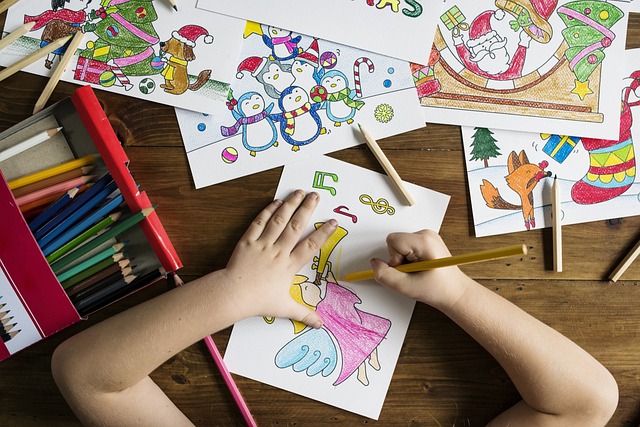# AI Artistry: Unveiling the Intersection of Technology and Visual Expression in Modern Culture
The realm of art has undergone a seismic shift in recent years, largely due to the advent of artificial intelligence (AI). Artists, technologists, and enthusiasts alike are exploring the vast potential of AI, not merely as a tool but as a collaborator in the creative process. This article delves into how AI is transforming the landscape of visual expression, examining its capabilities, implications, and the ongoing dialogue it fosters within modern culture.
## The Evolution of AI in Artistic Creation
Historically, the relationship between technology and art has been complex and evolving. The introduction of photography in the 19th century, for instance, prompted debates about the essence of art and the role of the artist. Fast forward to today, AI has emerged as a transformative force, enabling new forms of artistic expression that challenge traditional boundaries. Algorithms and machine learning models can now analyze vast datasets of existing artworks, identifying patterns, styles, and techniques that can be emulated or innovated upon.
One of the most significant developments in AI artistry is the rise of generative art. Techniques such as Generative Adversarial Networks (GANs) allow machines to create original pieces by learning from existing data. Artists like Refik Anadol and Mario Klingemann are at the forefront of this movement, using AI to produce stunning visual works that blend human creativity with machine intelligence. These creations often provoke questions about authorship and creativity, pushing artists to redefine their roles in the artistic process.
Furthermore, AI tools have democratized access to art creation. Platforms like DeepArt and Artbreeder enable individuals without formal artistic training to generate visually compelling images. This accessibility fosters a new wave of creativity, allowing diverse voices to emerge in the art world. As a result, AI is not only reshaping the techniques of art-making but also expanding the community of creators who can engage in this expressive form.
## The Philosophical Implications of AI-Generated Art
The integration of AI into the art world raises profound philosophical questions about the nature of creativity and authorship. Traditional views of art often emphasize the unique vision and emotional depth of the human artist. However, when an algorithm produces a piece of art, the lines blur. Who is the true creator—the programmer who designed the algorithm, the machine that executed it, or the dataset that informed its learning?
Critics argue that AI-generated art lacks the emotional resonance and intentionality inherent in human-made works. They contend that while machines can mimic styles and techniques, they cannot replicate the lived experiences and emotional depths that inform human creativity. Conversely, proponents of AI artistry celebrate the new possibilities it introduces, suggesting that AI can serve as a partner in the creative process, enhancing human expression rather than replacing it.
This ongoing discourse invites artists to explore the implications of their collaboration with AI. Many artists actively engage with these questions, using their work to challenge preconceived notions about creativity. By incorporating AI into their practices, they not only expand their artistic vocabulary but also encourage viewers to reconsider what constitutes art in an age where machines can create autonomously.
## The Future of AI in the Art World
Looking ahead, the future of AI in the art world appears both promising and complex. As technology continues to advance, the capabilities of AI will likely expand, leading to even more innovative forms of expression. For instance, the integration of AI with augmented reality (AR) and virtual reality (VR) could revolutionize how audiences experience art, creating immersive environments that respond to viewer interactions in real-time.
Moreover, the commercialization of AI-generated art is already taking shape, with platforms like OpenAI’s DALL-E and Midjourney allowing users to generate artwork based on textual prompts. This trend raises important discussions about the value of art in a digital age. As AI-generated works gain recognition and market value, questions arise about the implications for traditional artists and the broader art ecosystem.
In addition to economic considerations, the ethical dimensions of AI in art cannot be overlooked. Issues surrounding copyright, ownership, and the potential for AI to perpetuate biases present significant challenges that both creators and consumers must navigate. As AI systems learn from existing artworks, they may inadvertently replicate biases present in their training data, raising concerns about representation and inclusivity in AI-generated art.
In conclusion, the intersection of AI and visual expression is reshaping the landscape of modern culture in profound ways. As artists embrace AI as a collaborator, they are not only expanding the boundaries of creativity but also engaging in a critical dialogue about the nature of art itself. The future promises exciting possibilities, but it also requires a thoughtful examination of the ethical and philosophical questions that arise as we navigate this uncharted territory. In this ongoing evolution, one thing is certain: AI artistry is here to stay, challenging us to rethink what it means to create and appreciate art in the 21st century.

